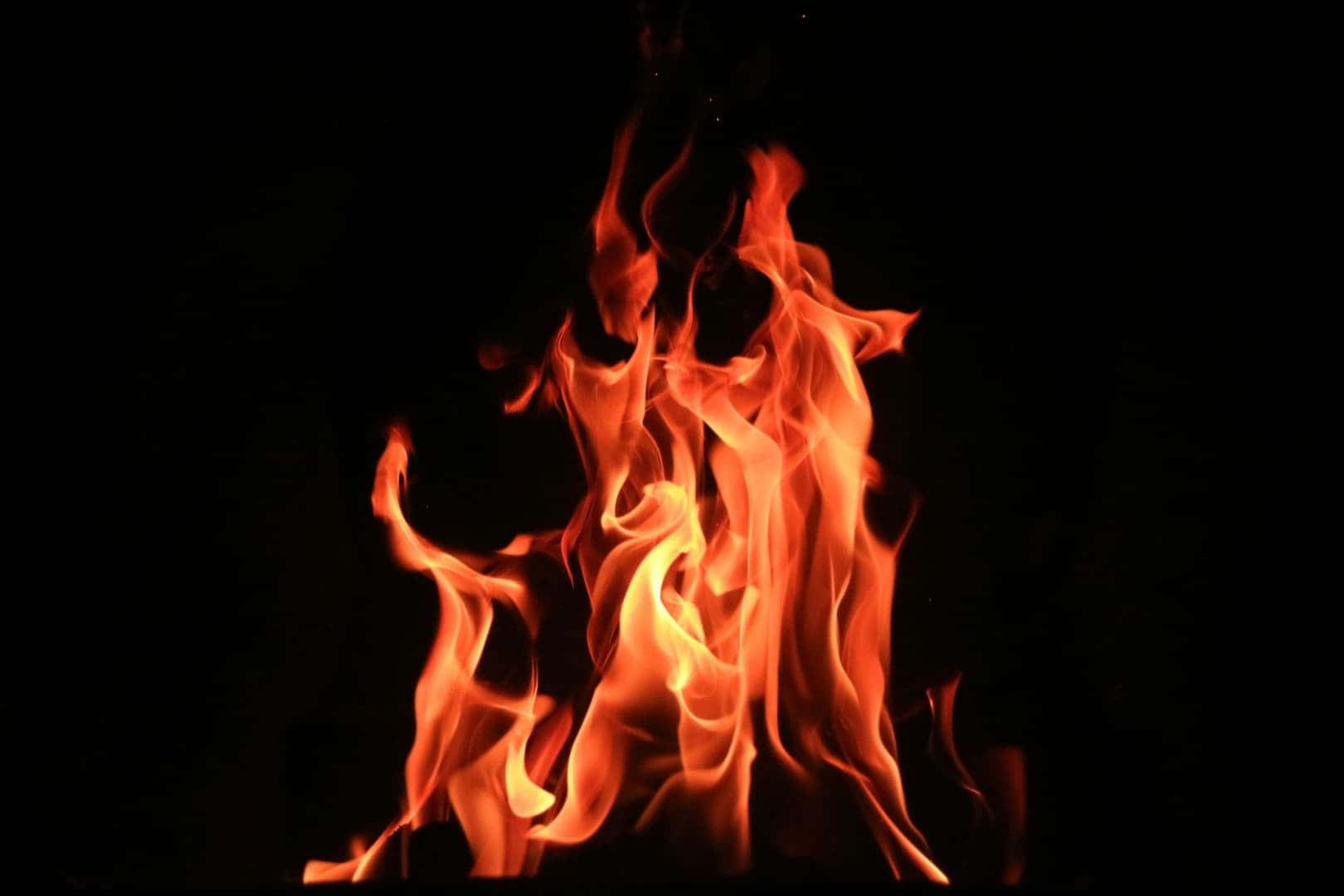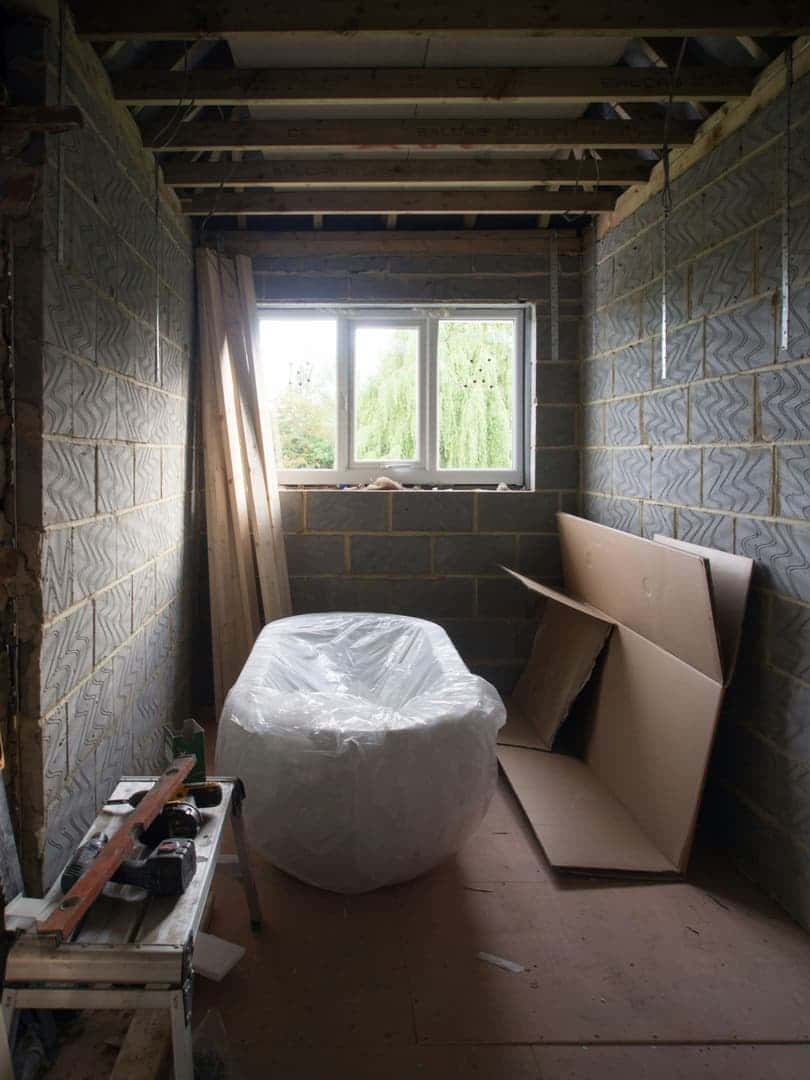
Should You Still Choose Gas or Switch to Induction in 2025?
For years, gas was the obvious choice in French kitchens. It was linked to convivial meals, flame precision, and sturdy equipment. But in 2025, the rules are shifting: induction is taking over, and rising energy bills remind us that cooking isn't just about taste. I've tried both, and here's what I learned.
The Tradition of Gas
I grew up with a gas stove. The click of ignition, the blue flame, the instant heat—it all gave a sense of control. Gas is still efficient and handy, especially for wok cooking or long simmering. But the downsides are real: fluctuating prices, heavier maintenance, and higher CO₂ emissions.
Induction as the New Norm
When I tried induction, I was surprised by the speed. Water boils in minutes, and the plate shuts off instantly when the pan is removed. No flame, no wasted heat: the efficiency is striking. Bills are lighter too, since induction is far more energy-efficient than gas. The only catch is the upfront cost and the need for compatible cookware.
Comparison: Gas vs Induction
| Feature | Gas | Induction✓ |
|---|---|---|
| Energy Efficiency | Average (40-55%) | Excellent (80-90%) |
| Heating Speed | Fast | Very Fast |
| Operating Cost | High (fluctuating prices) | Low and stable |
| Initial Cost | Medium | High + cookware |
| Maintenance | Regular | Minimal |
| CO₂ Emissions | High | Low (electricity) |
| Cooking Control | Precise with flame | Very precise (digital) |
| Safety | Open flame | No flame, auto shutoff |
Which Choice for 2025?
If you cook often and love the feel of a flame, gas still has its defenders. But for households aiming to cut expenses and reduce environmental impact, induction is increasingly the logical choice. Personally, I kept a small gas burner for certain dishes, but my everyday cooking now runs on induction.
Conclusion: In 2025, the choice isn't just about tradition versus modernity. It's about balancing comfort, budget, and sustainability. And in that equation, induction clearly takes the lead. Make the most of your kitchen with our [seasonal soup recipes](/en/blog/2025-10-03-seasonal-soups-autumn-harvests) and discover our [autumn breakfast ideas](/en/blog/2025-10-06-autumn-breakfasts) to get the most from your new induction cooktop.
Stay Updated
1 tip per week, no spam.
About the author:
Alexandre Dubois is a French sustainability enthusiast who explores practical, science-backed habits for everyday life. From reducing household energy use to cutting food waste, his focus is on small changes that add up to real impact. He shares what he tests in his own home so others can live greener without sacrificing comfort. Contact: info@greendailyfix.com
Related posts

Eco-Heating in 2025: Heat Pump vs Pellet Stove vs Solar Heating
Heating accounts for nearly 60% of household energy use in Europe. In 2025, eco-friendly systems are booming — but the choices can be confusing. Should you switch to a heat pump, invest in pellets, or go solar? Let's compare costs, comfort, and carbon impact realistically.

Humidity and heating: finding the right balance in European homes
When heating comes on, indoor air often dries out — except in unventilated rooms, where moisture builds up. Too much humidity brings mold, too little dries out skin and sinuses. The balance is easy to achieve with a few simple habits.

Get your home winter-ready without expensive renovations: real solutions that work
Every autumn, we promise ourselves to improve insulation — yet between budget and time, major renovations always get postponed. But a warmer home doesn't just depend on thick insulation or triple-glazed windows. A few practical, real-life actions can cut energy use starting this month.

October is here: 5 simple habits to cut your heating bill
Every year, October marks the return of chilly evenings and the first heaters being switched back on. Across Europe, households brace for rising energy bills as the days get shorter. Yet cutting consumption doesn’t always require big investments: small habits are enough to reduce costs without sacrificing comfort.